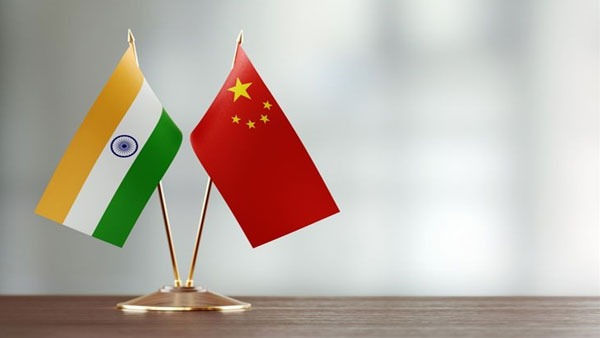INDIA vs CHINA: THE TALE OF INCREASING EXPORTS AND DECREASING TRADE DEFICIT
- URJA SGGSCC
- Jan 15, 2021
- 3 min read

The nature of India-China relations has always been uneasy. Over the years, the neighbouring countries have tried to maintain economic and trade cooperation but onslaughts at LAC have been a major concern between the two.
According to data from the Ministry of Commerce, in fiscal 2019-20, China was India's second largest trade partner, top exports to China included organic chemicals, iron ores, unfinished diamonds, cotton etc. Also, in the first five months of fiscal 2020-21, India exported hot-rolled coils, $889 million worth of semi-finished products like iron ore; flat steel for making pipes like automobile pipes, engineering and military equipment etc.
Since May 5, 2020, the Armies of both these countries are involved in standoff activities. In response to the disengagement, the government persuaded the people to boycott Chinese products. Several project contracts that were earlier awarded to Chinese companies, were cancelled. Several apps including Tik-Tok, Camscanner, Uc Browser, etc. were banned. The government has also enforced anti-dumping laws on various commodities including Led TV and steel to boost local production. Several trade unions on a local level too have announced that they won't be dealing in Chinese products to show their solidarity and support towards the current standoff situation.
However, the effects of the border tensions are not seen on trade. The trade in the first 11 months of 2020, touched $78 billion. As per the data of the director-general of foreign trade, India's exports to China surged by 16%, while imports (from China) reduced by 13%. From India's perspective, it is highly beneficial as our trade deficit (which is around $48 billion with China) is decreasing. Moreover, the fall in the Chinese exports to India was also a result of falling internal demand for Chinese products due to the ongoing Coronavirus pandemic.
The Chinese, however, have tried to project the situation in a different sense, as they firmly believe that the Indian government has adopted a biased attitude towards Chinese corporations. While the interest of the Chinese may be shattered by anti-dumping laws, it’s serving as a boon for domestic producers. For instance, the demand for crude steel has seen a growth of 3.5%. As per, the Ministry of Commerce and Industry Data, the total iron and steel exports to China were worth 1.86 billion dollars in April-August 2020 up from 514 million dollars for all of 2019-20. The disruption of the supply chain has forced China to import rice from India. The government is also trying hard to reduce the dependency for essential commodities like Telecom equipment, Active pharmaceutical ingredient, and solar panels on China.
The road ahead is not that easy, though our trade deficit has reduced, there is still a need for more reforms. For instance, Indian aviation carriers still have 24 carriers on lease from the Bank of China and the Indian telecom service providers prefer to use Chinese telecom hardware because of liberal credit terms and low costs. The customers are in habit of buying Vivo, Oppo, and MI gadgets. People love to play PUBG which is distributed by Tencent, a Chinese internet company. Many small to medium-scale businessmen have been impacted, in metropolitan cities where there were wholesale markets that were dominated by Chinese products. But despite all this, we are on a path of progress. The constant government support and local alternative-searching approach can help in achieving self-sufficiency.
BY-
Sant and Sushant





Comments